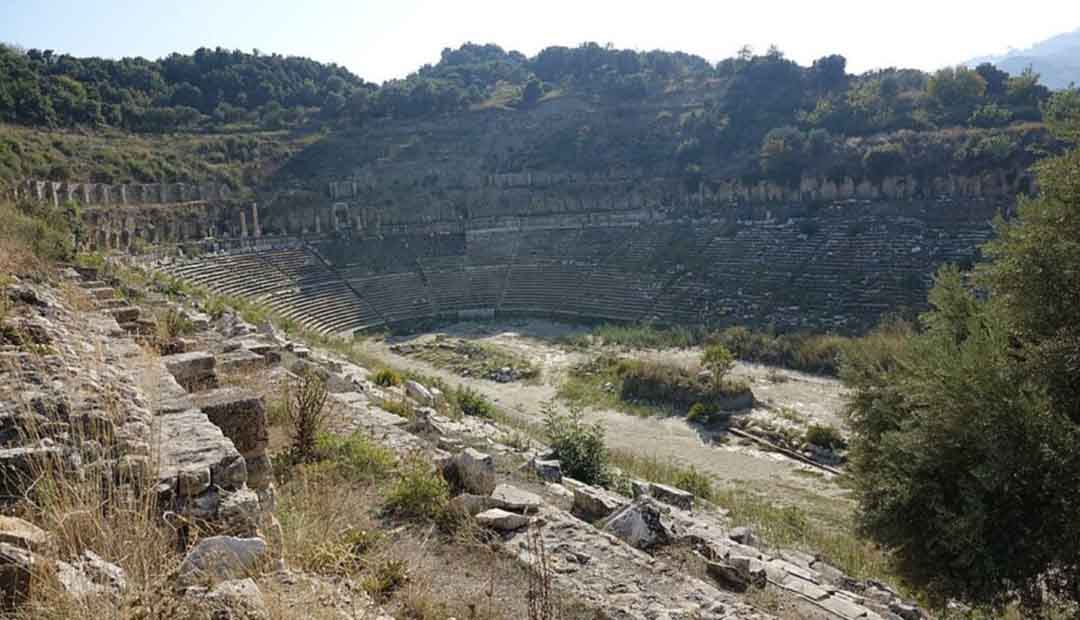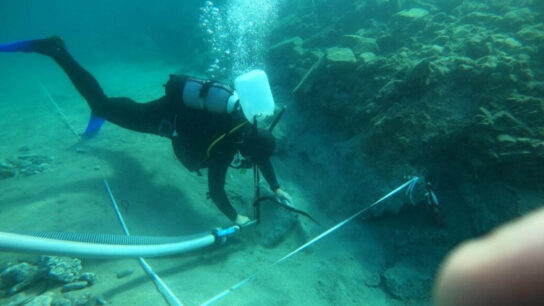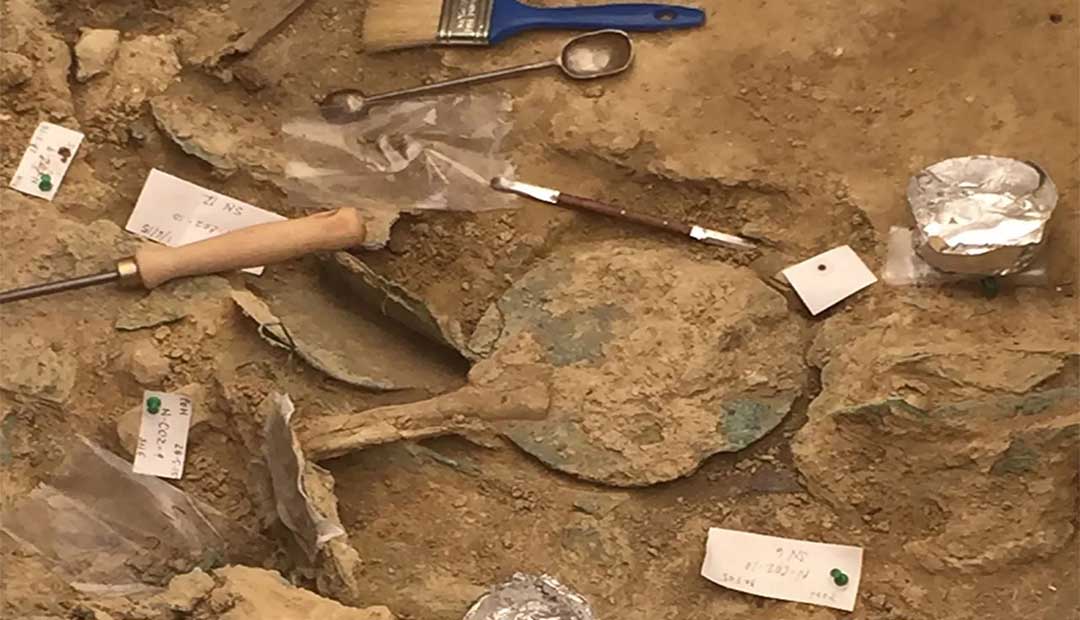Gate to Temple of Zeus Unearthed in Magnesia, Turkey
Archaeologists have been excavating Magnesia for decades. The ancient Greek city in Turkey’s Aydin province is home to two temples: one dedicated to Artemis, and the other, to Zeus.
Archaeologists found the entrance gate for the Zeus Temple in the ancient city of Magnesia, located in Aydin’s Germencik district in western Turkey. The excavations that continue in the Ortaklar neighbourhood are being led by Associate Professor Gorkem Kokdemir of the Ankara University Archaeology Department.
“I have been working on the Magnesia excavations for 23 years, since 1998,” Kokdemir tells TRT World. The excavations were being led by Professor Orhan Bingol, and when he retired, the Ministry of Culture and Tourism saw me fit for the job.”
According to Kokdemir, Magnesia was first dug up during the erstwhile Ottoman Empire’s reign. A German archaeologist, Carl Humann, in the 1890s, around 1891-1892, on behalf of the German government – who also dug in Bergama, and many other cities in western Anatolia – excavated Magnesia.
“He spends two years in Magnesia and digs up the Zeus Temple, the one we rediscovered and is now in the news, in the agora,” Kokdemir says on the phone. “It is significant because of architectural history. It is dated back to the 3rd century BC, one of the earliest temples of the Hellenistic period.”
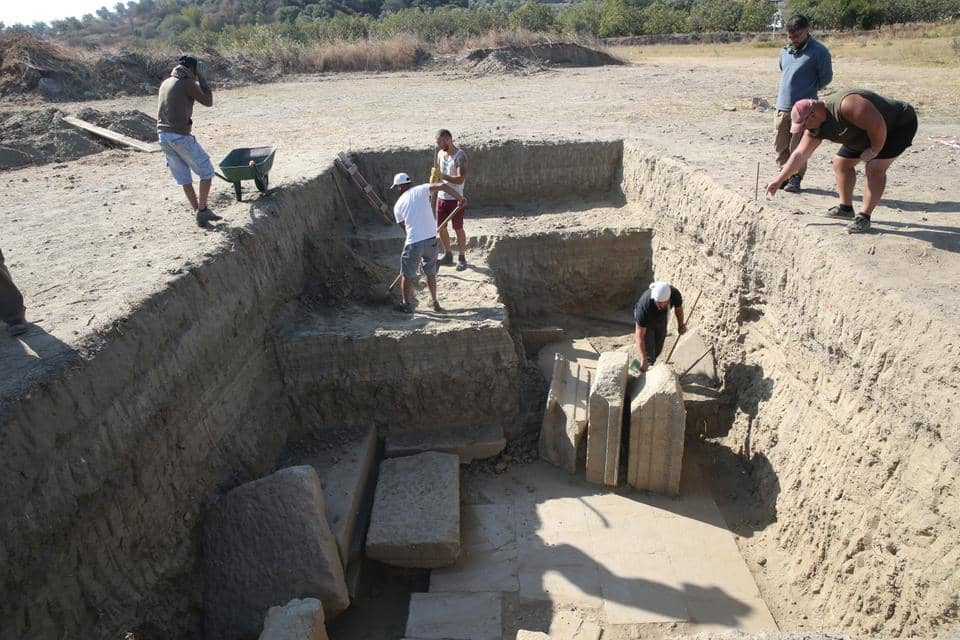
Kokdemir adds that Humann “reveals the architectural elements of this temple and he takes about ten percent of the temple to Berlin. He takes many goods to Berlin such as sculptures and inscriptions, along with parts of the Zeus Temple. Today in Berlin’s Pergamon Museum there is on display the Zeus temple’s parts are 5.5-6 meters tall, they have been completed with 90 percent imitation parts. You can see this temple when you go to the museum today.”
Kokdemir tells TRT World that the Zeus Temple is one of the most important sacred areas of Magnesia, one of the most important temples.
“There is the Artemis sacred space there, there is also a sacred agora, the Zeus Temple is in the sacred agora. It is very significant, it is the second important cult [of Magnesia].”
“In ancient cities, people worship not just one deity, they worship multiple gods or goddesses. In Magnesia the first deity is Artemis, and the second deity is Zeus,” he clarifies.
Kokdemir says the archaeological team is once more excavating the Zeus Temple to access the architectural information, to complete the missing information and to reintroduce the temple to archaeological literature: “It has been underground for a hundred years. It was only seen during Humann’s time and shortly after was buried under four meters of soil.”
The Magnesia excavation team expects to find 60 to 70 percent of the original materials of the Zeus Temple, planning to carry out a good restoration project and to revive it with a meters pillar height and seven and a half meters including the roof and will make it a proper sight to visit.
Asked about the significance of Magnesia as a city, Kokdemir says it was set up about 2,400 years ago, in the 4th century BC. “Its most striking aspect is the temples built for gods and goddesses and the festivals and games organized for these deities.”
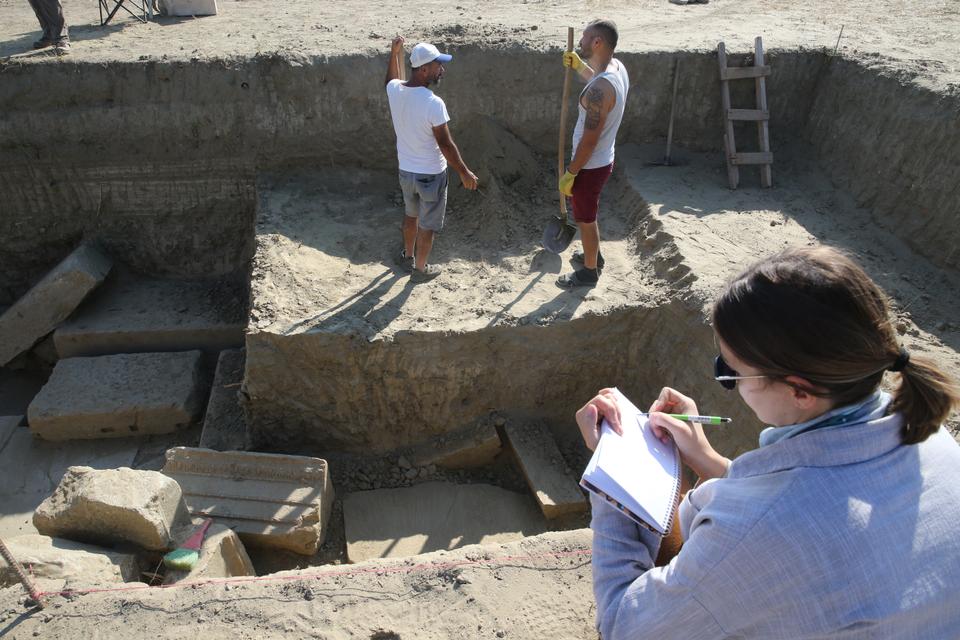
Of the structures in Magnesia, the Artemis temple is the biggest temple, which is open to visitors. Kokdemir says it is the fourth largest temple in Anatolia, following Ephesus’ Artemis Temple – one of the seven wonders of the world–, the Apollo Temple in Didyma, and the Artemis Temple in Manisa, in Sardes.
“The Artemis Temple in Magnesia was built by a prominent architect of its time, think of him like Sinan the Architect was to the Ottoman legacy, an architect of antiquity called Hermogenes. His masterpiece is the Artemis Temple,” Kokdemir enthuses.
Kokdemir notes another detail about the Artemis Temple. “In the 3rd century BC, 2300 years ago, there were games organized that were the equivalent of the most important games in the Mediterranean region, Delphi Apollo Games. A grand organization. Participants from Italy, from Greece, from many points in Anatolia and from the islands, joined in these games that last five days. The games spoke of the significance of Magnesia and also helped the city grow and thrive.”
Kokdemir points out that there are still many places in Magnesia to be excavated. While they expect the Zeus Temple to be restored to its full glory in a couple of years contingent on funding, there is also the hippodrome with a 50,000 capacity, he says. “We may have to wait for 15-20 years to completely experience the amazing city that is Magnesia, but it will be worth it.”
